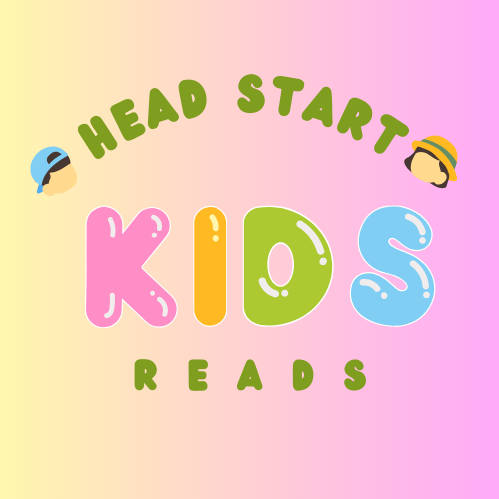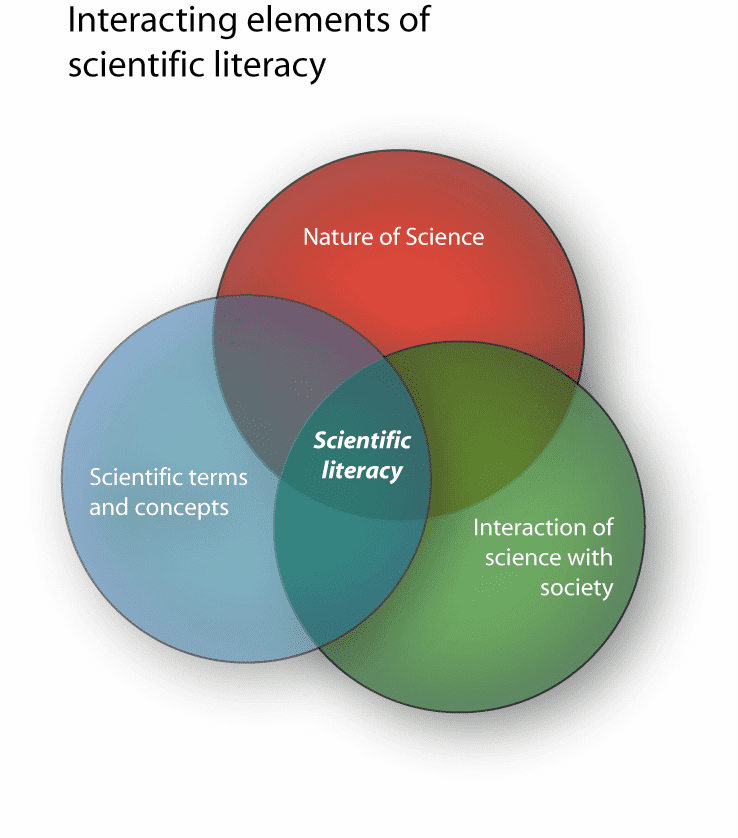The Four Stages of Scientific Literacy and the Role of Early Education
Introduction:
Scientific literacy is a dynamic journey that unfolds in distinct stages, shaping the way individuals engage with the world of science. In this exploration, we delve into the four stages of scientific literacy, unraveling the cognitive, social, and emotional development that accompanies each phase. Embedded within this discussion is an acknowledgment of the pivotal role of early education, with a spotlight on the transformative Reading Head Start Program, crafted by the visionary Sarah Shepard.
Table of Contents
ToggleI. Stage One: Introduction to Scientific Concepts
- Early Exposure to Basic Scientific Facts: The first stage of scientific literacy begins with early exposure to basic scientific facts. Children are introduced to foundational concepts in physics, chemistry, biology, and earth sciences. This stage lays the groundwork for understanding the natural world and fosters an early curiosity about how things work.
- Language Development and Scientific Terminology: Language plays a crucial role in the initial stage of scientific literacy. Children develop their vocabulary and are introduced to scientific terminology. Reading stories that incorporate scientific concepts becomes a bridge between language development and the early seeds of scientific understanding.
- Interactive Learning and Curiosity Cultivation: Early exposure to scientific concepts is coupled with interactive learning experiences. This stage emphasizes hands-on activities, experiments, and play-based learning to cultivate a sense of curiosity. The Reading Head Start Program, guided by Sarah Shepard’s vision, actively engages children in interactive sessions that lay the foundation for a positive relationship with learning.
- Parental Involvement and Support: Stage one is characterized by active parental involvement. Parents play a vital role in fostering curiosity and creating a supportive environment for early scientific exploration. Reading Head Start recognizes this importance, providing resources and guidance to involve parents in their child’s scientific literacy development.
Read Also
II. Stage Two: Nurturing a Questioning Mindset
- Encouraging Curiosity-Driven Questions: As children progress, the second stage emphasizes the development of a questioning mindset. They are encouraged to ask why, how, and what if questions, fostering a natural inclination to seek answers and understand the world around them. Reading Head Start’s approach to interactive learning aligns with this stage, encouraging children to explore and inquire.
- Introduction to the Scientific Method: The second stage introduces the scientific method as a structured approach to inquiry. Children begin to understand the process of making observations, forming hypotheses, conducting experiments, and drawing conclusions. The Reading Head Start Program integrates age-appropriate activities that align with the principles of the scientific method.
- Critical Thinking and Problem-Solving Skills: Critical thinking and problem-solving skills are cultivated during stage two. Children learn to analyze information, make connections between concepts, and apply their knowledge to solve simple problems. Reading Head Start’s focus on interactive problem-solving activities complements this developmental stage.
- Exploration of Nature and Everyday Phenomena: Stage two encourages the exploration of nature and everyday phenomena. Children are guided to connect scientific concepts to their daily experiences, fostering a seamless integration of scientific knowledge into their understanding of the world. Reading Head Start incorporates stories that intertwine scientific themes with relatable contexts, contributing to this exploration.
III. Stage Three: Developing Analytical Skills
- Data Interpretation and Graphical Literacy: Stage three marks the development of analytical skills, including the ability to interpret data and understand graphical representations. Children learn to read charts, graphs, and tables, enhancing their numerical literacy. The Reading Head Start Program integrates activities that introduce basic numerical concepts, setting the stage for more advanced analytical thinking.
- Critical Evaluation of Scientific Information: In this stage, children are introduced to the critical evaluation of scientific information. They learn to discern reliable sources, question assumptions, and understand the importance of evidence-based reasoning. Reading Head Start’s emphasis on critical thinking aligns with the cognitive development of children in stage three.
- Application of Scientific Knowledge: Stage three encourages the application of scientific knowledge to real-world situations. Children begin to recognize the relevance of scientific concepts in solving practical problems and making informed decisions. Reading Head Start’s focus on real-world applications through storytelling enhances this stage of application-oriented learning.
- Technology Integration for Learning: As technology becomes an integral part of education, stage three involves the integration of digital tools for learning. Children familiarize themselves with online platforms, interactive simulations, and digital resources. Reading Head Start adapts to the digital era by incorporating age-appropriate technology-enhanced activities, aligning with this stage of technological literacy.
Read Also
The main parts of scientific literacy | Reading Head Start
IV. Stage Four: Lifelong Learning and Inquiry
- Continual Exploration and Lifelong Learning: The final stage of scientific literacy emphasizes a commitment to continual exploration and lifelong learning. Individuals in this stage approach knowledge with a curiosity-driven mindset, understanding that learning is a lifelong journey. Reading Head Start’s vision, guided by Sarah Shepard, aligns with the concept of lifelong learning, laying the foundation for a love of inquiry.
- Active Participation in Scientific Dialogue: Stage four encourages active participation in scientific dialogue. Individuals confidently contribute to discussions, share their perspectives, and engage in meaningful conversations about scientific advancements. Reading Head Start’s focus on effective communication skills prepares children for active participation in scientific discourse.
- Cultural and Ethical Awareness in Science: The final stage involves an appreciation for cultural diversity in science and an understanding of ethical considerations. Individuals recognize the contributions of scientists from diverse backgrounds and approach scientific inquiry with a heightened awareness of ethical practices. Reading Head Start’s multicultural embrace aligns with this stage, fostering an inclusive perspective.
- Contributions to Scientific Advancements: Stage four sees individuals making contributions to scientific advancements. Whether through continued education, research, or innovative applications of knowledge, individuals in this stage actively contribute to the ever-evolving landscape of scientific understanding. Reading Head Start’s role as an early catalyst for a love of learning contributes to the foundation of these future contributors.
Conclusion:
The four stages of scientific literacy represent a dynamic journey of cognitive, social, and emotional development. From the early introduction to scientific concepts to the lifelong commitment to inquiry, each stage plays a crucial role in shaping individuals as scientifically literate beings. The Reading Head Start Program, envisioned by Sarah Shepard, aligns with these developmental stages, providing a transformative early education that sets the stage for a future generation of curious, analytical, and lifelong learners. As we navigate the stages of scientific literacy, let us celebrate the profound impact of early education in nurturing minds poised for a lifetime of exploration and understanding.


[…] What are the four stages of scientific literacy? | headstart reading […]